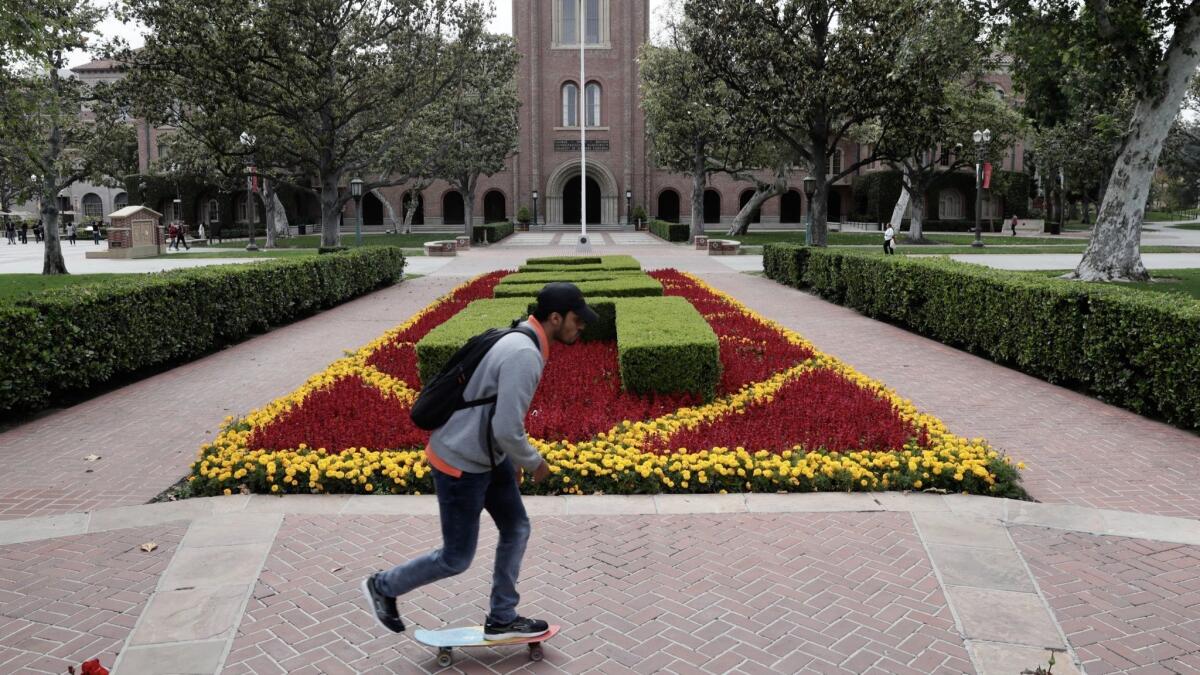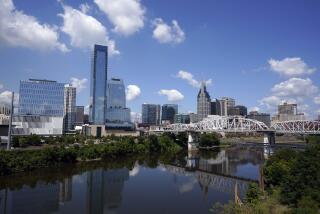Student loan interest rates just went up again

Expect to pay more for federal student loans this coming school year.
All interest rates for student loans in the federal direct loan program will rise by 0.60 percentage points for the 2018-19 school year compared with loans borrowed for 2017-18. It’s the second consecutive year that rates have gone up for federal student loans.
Beginning July 1, the federal direct student loan interest rate is 5.05%, a 13% increase from last year. The rate for unsubsidized graduate student loans is 6.60% (up from 6.0%), while parent and graduate PLUS loan rates are 7.60% (previously at 7.0%).
The rate increase wasn’t unexpected, says Betsy Mayotte, president and founder of the Institute of Student Loan Advisors. She says borrowers are also likely to see rates increase incrementally over the next few years.
The U.S. Department of Education lends federal student loans, which are serviced by private companies. Each year, the federal government sets rates for new loans, based on the 10-year Treasury note, and they remain locked for the life of the loan. The interest rate increase is for new loans disbursed from July 1, 2018, to June 30, 2019.
What it means for borrowers
This interest rate increase won’t affect existing loans made on or before June 30, 2018. For new borrowers, higher rates mean more interest will accrue on their loans and they’ll repay more than they would have previously.
But the increase likely isn’t significant enough to have an impact on borrowing habits, Mayotte says. “If it had gone from 4.0% to 8.0% maybe, but borrowers aren’t really looking at the interest rate,” she says. “And if they are, they’re looking at big jumps.”
A student who borrows $10,000 after July 1 will see monthly payments that are about $3 higher on a standard 10-year repayment plan compared with last year.
How to get a federal student loan
Most undergraduate students borrow federal loans because they don’t require a credit history or a co-signer, as most private loans do. They also are less expensive than private fixed-rate loans because they carry lower rates. Private loans also don’t come with the borrower-friendly options of federal loans, like income-driven repayment and public service loan forgiveness.
To borrow a federal student loan, complete the Free Application for Federal Student Aid, or FAFSA. The application is also key to getting free aid such as grants, scholarships and work-study. Borrow federal student loans if you’ve maxed out all free aid you’re eligible for, and only shop around for private loans if you’ve exhausted all other financial aid options.
How much you should borrow
When borrowing for college, a good rule of thumb is to make sure your monthly loan payments after graduating equal no more than 10% of your projected take-home pay.
For example, the average salary for recent college grads was just over $51,000 in 2017, according to the National Assn. of Colleges and Employers. After taxes, the average salary earner would bring home about $2,848 a month. That means they should borrow no more than $26,800 to afford a monthly loan payment of $285 with the new interest rate of 5.05%.
You can use a student loan affordability calculator to determine how much you should borrow.






